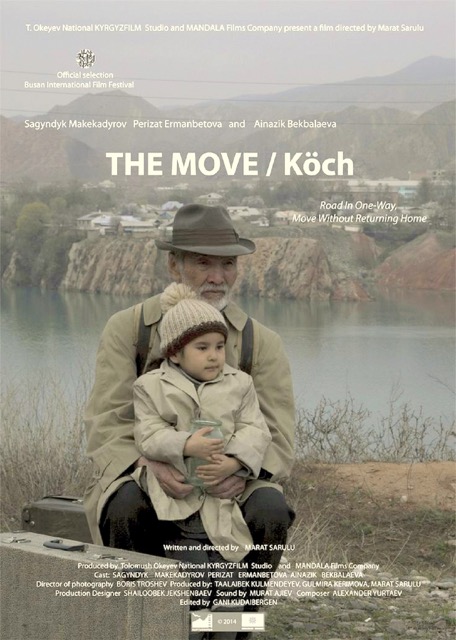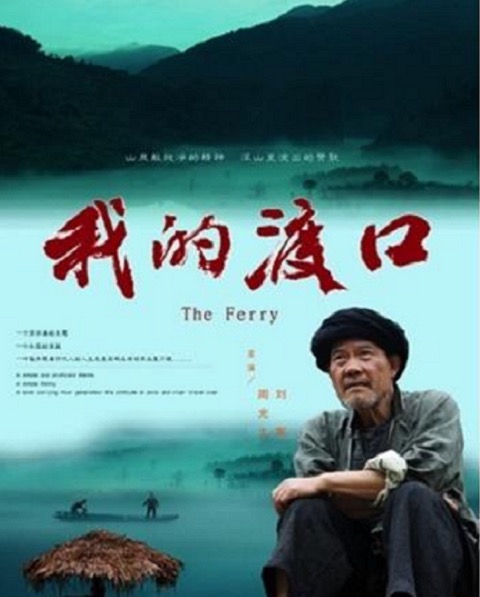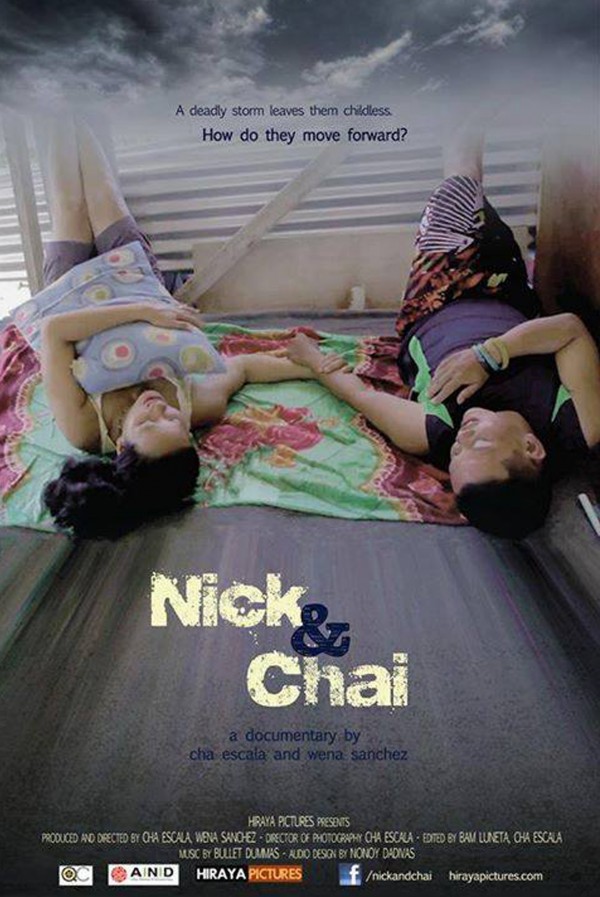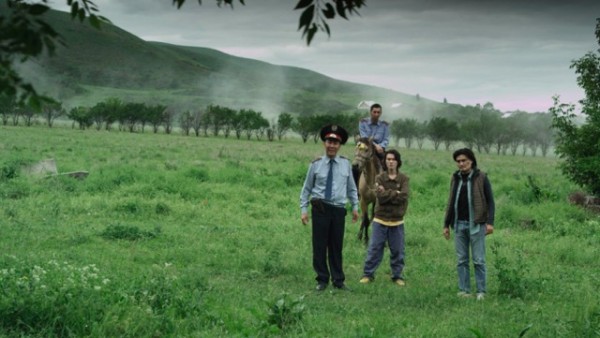Without competing full length, why still go to 11th Cinemalaya
(UPDATE) The good news that have been circulating on social media and coffee shops in the past few weeks in this year’s Cinemalaya Independent Film Festival revolved on three highlights.
One is the focus on short films, which in the previous years have been put unceremoniously in the sidelights. Second is the inclusion of a new section called Asian indies. Third is for those who missed watching the previous winning films, this is the time to savor them all.
With these three, those who’ve been saying that this year’s lineup has become unexciting may have been misinformed by naysayers who’ve been wishing every year that it could be Cinemalaya’s last and final year.
Because there have been talks that the 11th Cinemalaya Independent Film Festival has a boring lineup due to the postponement of the full-length categories in competition, namely the New Breed and Directors’ Showcase.
The New Breed covers the entries of neophyte filmmakers while the Directors’ Showcase caters to the veterans.
Article continues after this advertisementFor this year, only the short film category is in competition.
Article continues after this advertisementWithout the main posts
The talks went on to explore that since former Cinemalaya Foundation chairman and the festival’s longtime benefactor, Antonio “Tony Boy” Cojuangco had withdrawn his financial support as early as 2014, the fate of Cinemalaya has become uncertain. Cojuangco was reportedly spending an average of P10 million a year for the festival.
READ: Cinemalaya loses Cojuangco
But the 10th year of Cinemalaya was a success despite the issue.
Then came one of its pioneering prime-movers and long-time president Nestro Jardin following Cojuangco’s departure. After organizing the 10th year of the festival, Jardin announced he’s moving on to another project in 2015.
READ: Nes Jardin leaves Cinemalaya
There were talks that since the 10th year had been dubbed “Cinemalaya X,” though with good intentions, the entire festival has been literally crossed out or “exed”. Nada, gone kaput, zilch, the whole festival down the drain. The legacy would just be passed on to the new ones like Sinag Maynila, Sineng Pambansa, CinemaRehiyon, the Quezon City International Film Festival and a lot more that were either inspired or influenced by Cojuangco and Nardin’s baby.
Whatever happens, its report card in entirety has just been very exemplary. To date, Cinemalaya has produced 118 full feature independent films and 96 short films, many of which have won awards in other local competitions and international festivals.
In total, the 10-year-old Cinemalaya has showcased more than 1,000 works by independent filmmakers which cover full feature films, shorts, documentaries, Filipino film classics and art films.
No doubt, Cinemalaya’s roll-call of alumni comprised the best of the best of our young filmmakers, or the future of Philippine cinema.
Directors of commercial films who have grown tired of the mainstream setup embraced Cinemalaya to create–in the words of Joel Lamangan–their “dream project away from the clutches of commercialism.”
On the other side of the pole, at a time when no art-house cinemas dared touch the epic films of Lav Diaz, Cinemalaya showed them either as opening or closing film, if not part of the exhibition.
So without Cojuangco and Jardin, Cinemalaya has been predicted by some sectors to crumble, like a house losing two main posts. Who will fund the 11th year? Who will organize? Is the Cultural Center of the Philippines, its official home and partner for 10 years, going to shoulder everything?
In January this year, our source at the CCP who requested anonymity for privacy reasons said the Department of Budget and Management agreed to fund the 11th year, but only with its short film category in competition and the feature-length scheduled in 2016.
Obviously with only the shorts in 2015 and the full length in 2016, Cinemalaya Foundation is short of funds.
Despite that, cheers and congratulations in the indie circuit overflowed. Not too long though as the festival had its share of controversy even before it started, just like in the previous years.
When the new heads of the festival announced a couple of months ago that it will combine the New Breed and Directors’ Showcase entries in a single competition, the decision was met with protests from various sectors.
The most vocal was Kidlat Tahimik (filmmaker Eric de Guia), who has been part of the 10-year-old festival either as chairman or member of the jury.
Tahimik reasoned out that if it were like boxing, it’s like mixing the neophytes with the heavyweight or “like high school boxers being sent to tussle with Manny Pacquiao.”
READ: Changes in Cinemalaya for filmmakers
Film showing must go on
Then again, our source said nothing is final and who knows, with a new administration coming in, the fate of Cinemalaya 12 is still uncertain. “Let’s just be positive about it. Let’s hope the next President will support it,” our source said.
For now, the show must go on and it will start Friday with Director Brillante Mendoza’s “Taklub,” which topbills Nora Aunor.
READ: Nora Aunor shines in 3 films at 11th Cinemalaya
This year, Cinemalaya’s main man is Chris Millado, who is also CCP’s artistic director and vice president. Just like in the previous years, also calling the shots in the selection process is filmmaker Laurice Guillen.
Millado and Guillen have been part of Cinemalaya’s organizing committee from day one. Millado has taken the task of being festival director since 2013.
Besides the new shorts, it will also show the best of the best of the previous winners in the full-length categories.
If you missed previous award-winning titles like “Donor,” “Halaw,” “Ang Pagdadalaga ni Maximo Olivers,” “Posas,” “Bisperas,” “Ang Panggagahasa kay Fe,” “Bwaya,” “Kamera Obscura,” “Tulad ng Dati,” “Kasal,” “Magkakabaung,” “Last Supper No. 3,” “Esprit de Corps,” “Imbisibol,” “Diablo,” “Tribu,” “Engkwentro” and “Endo,” among others, this is the best time to troop to the CCP.
Among the new ones making their Cinemalaya debut, based on social media accounts the early favorites are Pepe Diokno’s “Above The Clouds,” which has Pinoy rock icon Pepe Smith as one of the leads, and the Piolo Pascual-Rhian Ramos topbilled suspense thriller “Silong”, directed by Jeffrey Hidalgo and Roy Sevilla-Ho.
Award-winning Asian indies
The organizers would like to highlight the foreign films under a new section called “The Independents: Asian Showcase”.
Zhang Yimou’s acclaimed “Coming Home” (China/2014) with Chinese superstar Gong Li in the lead role will open the Asian showcase on August 8, at 9 p.m. at the CCP Main Theater.
https://www.youtube.com/watch?v=GYetTNIUHyo
Set in the aftermath of the Cultural Revolution, “Coming Home” depicts a woman’s struggle to regain her memory and reconnect with her long-imprisoned husband.
The Asian indie film section will offer award winning films of Netpac (Network for the Promotion of Asian Cinema) such as “Poet on a Business Trip” by Ju Anqi, “The Monk” by The Maw Naing, “Six Feet High” by Sanal Kumar Sashidaran, “Summer Kyoto” by Hiroshi Toda, “The Night of Silence” by Reis Celik, “The Move” by Marat Saruklu, “The Owners” by Adikhana Yerzhanov and “The Ferry” by Shi Wei. Other prizewinning Asian indie films to be shown are “The Tale of Princess Kaguya” by Isao Takahata and “The Last Reel” by Sotho Kulikar.
“Poet On A Business Trip” by Ju Anqi (China, 2014) is a documentary shot more than 10 years ago. In this film, a poet sets off on a ‘business trip’ through inhospitable Xinjiang province. The physically exhausting trip provides an existential brothel visit, bumping on bad roads, and a glimpse of a disappearing world.
“Poet on a Business Trip” won the Netpac Award for the best Asian film at the International Rotterdam Festival 2015.
“The Monk” by The Maw Naing (Myanmar/Czech Republic/ 2014) is a sensitive coming-of-age tale that revolves around a young monk, Zawana, who had spent most of his life in a monastery in the Burmese countryside. When his superior falls ill, Zawana is faced with the dilemma of deciding if the life of a monk is still his destiny. The Monk was the NETPAC winner in International Festival of Asian Cinema in Vesoul 2015.
“Six Feet Hight” by Sanal Kumar Sasidharan (India/2014) is a love story that catalogues the journey of a man who has been jerked out of his ‘free’ urban and promiscuous existence by the mysterious disappearance of his estranged lover. “Six Feet High” is Netpac award winner for the best Malayalam language film at 2014 International Film Festival of Kerala.
“Summer, Kyoto” by Hiroshi Toda (Japan/2014). Taking place somewhere in Kyoto, Mr. and Mrs. Nakamura makes scented bags for a living. One night, when the husband takes a walk alone, he finds an old man lying helpless on the street.
He takes the old man to his house and offers a night’s lodging. Next day the old man, getting back on his feet, offers help to show his gratitude. The husband then asks him to deliver the products to their customers. The old man leaves and doesn’t return, just as his wife expected. “Summer, Kyoto”
won the Netpac award for Best Asian Film in International Film Festival of Kerala.
“The Night of Silence” by Reis Celik (Turkey/2012) tells the story of a child bride who is forced to marry a man more than fifty years older than her and who just returned to his hometown after doing years of jail time. Sitting in the nuptial chamber with horror, she will start to face with realities after grandfather-aged groom steps into the room. The Night of Silence won the Netpac award in the 2012 Hanoi International Film Festival.

“The Owners” by Adilkhan Yerzhanov (Kazakhstan/2014) is about three orphaned siblings who battle with a corrupt local police chief over ownership of their mother’s ancestral home, in this playfully stylized, deadpan-funny tragicomedy. The Owners won the Grand Prix and the Netpac award in the 2014 International Cultural Resistance Film Festival in Lebanon.
“The Tale of the Princess Kaguya” by Isao Takahata (Japan/2013) begins one day in the forest when a simple bamboo cutter Okina finds a baby in the folds of a bamboo shoot, and brings the infant home to his wife Ona. Naming the child Kaguya and raising her as their own, the couple soon discovers that their daughter is truly not of this world. The Tale of the Princess Kaguya was the official selection in Toronto International Film Festival 2014.
“The Last Reel” by Sotho Kulikar (Cambodia/2014) is all about a lost film buried beneath the killing fields that reveals different versions of the truth. “The Last Reel” is a contemporary story about love, family and ghosts of Cambodia’s past. “The Last Reel” won The Black Dragon Award, Udine Film Festival, 2015.

Real People, Real Lives
Seven documentary films are also featured this year.
“My Revolutionary Mother” (2013) by Jethro Patalinghug is the filmmaker’s own story. Even at the age of 36, the filmmaker had never quite gotten over the gaping hole in his childhood: the perpetual absence of his mother as he grew up.
His mother Virginia was an activist in the People’s Power Revolution of the 1980s, and constantly away from home. Fearing for her life, she eventually had little choice but to leave her family behind and flee to the United States. Twenty years after their separation, Jethro confronts Virginia about his sense of abandonment. It’s not a perfect reconciliation, but it’s an honest conversation between a mother and son that helps them move on.
“Sayaw” (2014) by Cecilio Asuncion explores the culture of ethnic dance communities through the journey of Jay Loyola Dance Company and its pursuit of a coveted spot in the venerable San Francisco Ethnic Dance Festival. The film follows renowned Filipino choreographer, Jay Loyola, as he endeavors to cast, rehearse, and audition his troupe for the festival.

“Salamat sa Alaala (Thank you for the Memories)” by Dik Trofeo is a tribute to National Artist for Cinema Gerardo de Leon in celebration of his Centennial Year. “Salamat sa Alaala” is inspired by the music composed by the late film director when he was a teenager playing background music for silent movies in Manila theatres.
The video opens up with a capsulated history of the birth of the Filipino movies followed by a series of shots of veteran actresses, the academe and the young generation of filmmakers affirming his unique qualities as a world-class film figure. The film also unravels his private life as a family man.
“Southeast Asian Cinema: When the Rooster Crows (2014)” by Leonardo Lombrosio has four subjects: Brillante Mendoza – ultra neo-realist and pioneer in the regionalisation of Philippine Cinema; Pen-Ek Ratanaruang – American-educated “isolated man” and improvisational Thai New Wave auteur; Eric Khoo – an icon of Singaporean filmmaking and a food-loving, heat-hating lover of country and cinema; and Garin Nugroho –multicultural political filmmaker and magical realist extraordinaire.
Cinemalaya runs from August 8 to 15 at the CCP and Greenbelt 3 in Makati City.
For schedules, visit https://www.cinemalaya.org/screening-schedule.
Millado told us the announcement of the chosen 10 directors who will compete in next year’s festival will be announced at the closing ceremony and awards night on August 15.


